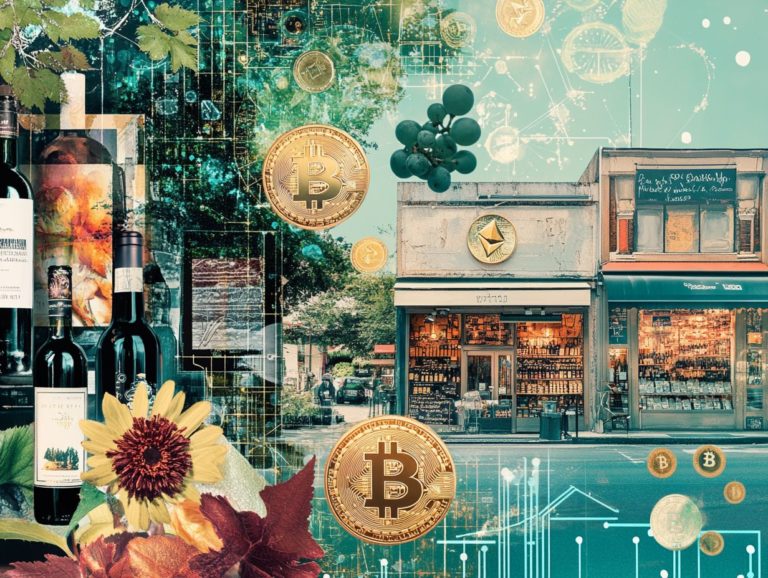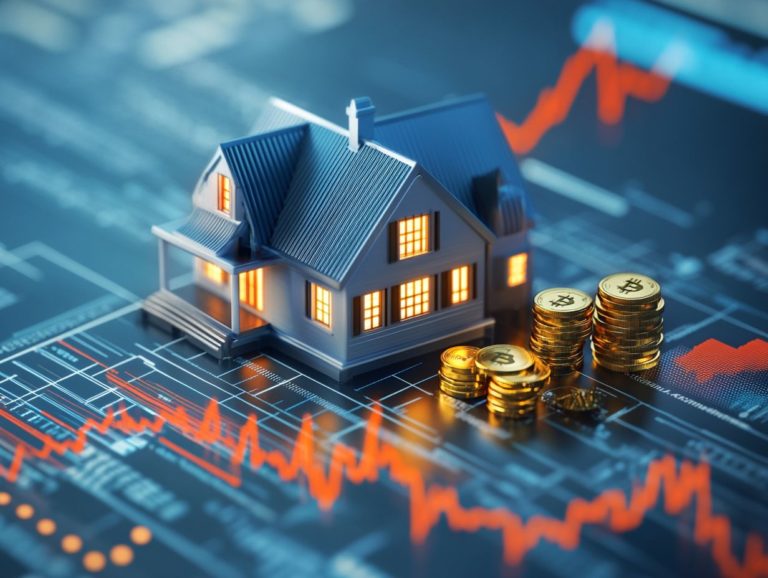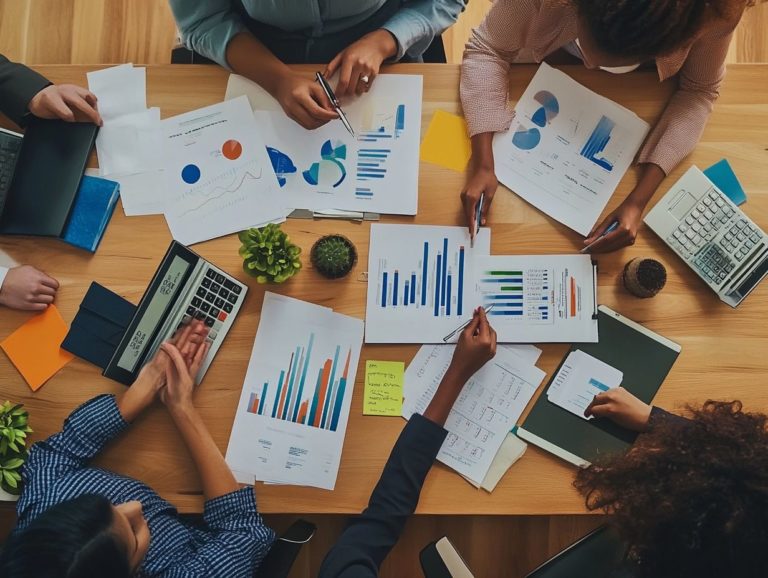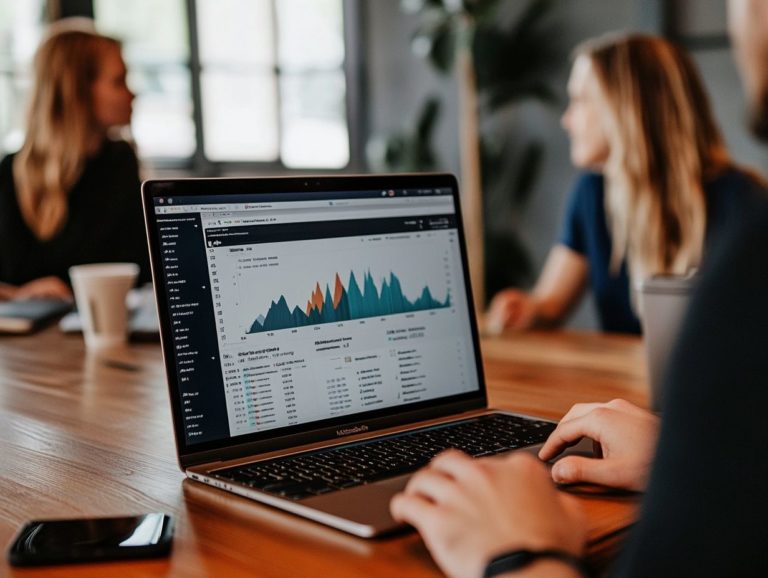How to Identify High-Quality Collectibles for Investment
Collectibles can transcend mere sentimental value; they present potential investment opportunities that may appreciate over time.
Grasping what elevates a collectible’s worth is vital for anyone eager to venture into this captivating realm.
This article delves into essential factors such as authenticity, rarity, and condition, providing you with insights into the types of collectibles worth your attention from antiques to art and memorabilia.
It also outlines key research strategies and practical tips for successful investing, empowering you to make smart and confident choices in your collectible journey.
Contents
- Key Takeaways:
- What are Collectibles and Why Invest?
- Factors to Consider for High-Quality Collectibles
- Condition and Demand
- Types of Collectibles to Consider
- Researching and Evaluating Collectibles
- Unlock the Secrets to Smart Collectible Investments!
- Frequently Asked Questions
- 1. What are high-quality collectibles for investment?
- 2. How can I determine if a collectible is of high quality for investment?
- 3. Why is rarity an important factor in identifying high-quality collectibles for investment?
- 4. Is the condition of a collectible important for its investment value?
- 5. How can history of ownership impact the value of a collectible for investment?
- 6. Are there any red flags to look out for when identifying high-quality collectibles for investment?
Key Takeaways:
- Authenticity and rarity are crucial for investment quality.
- Look for unique items with documented histories.
- Condition and demand are vital; choose well-preserved pieces.
- Use resources to assess collectibles and avoid scams.
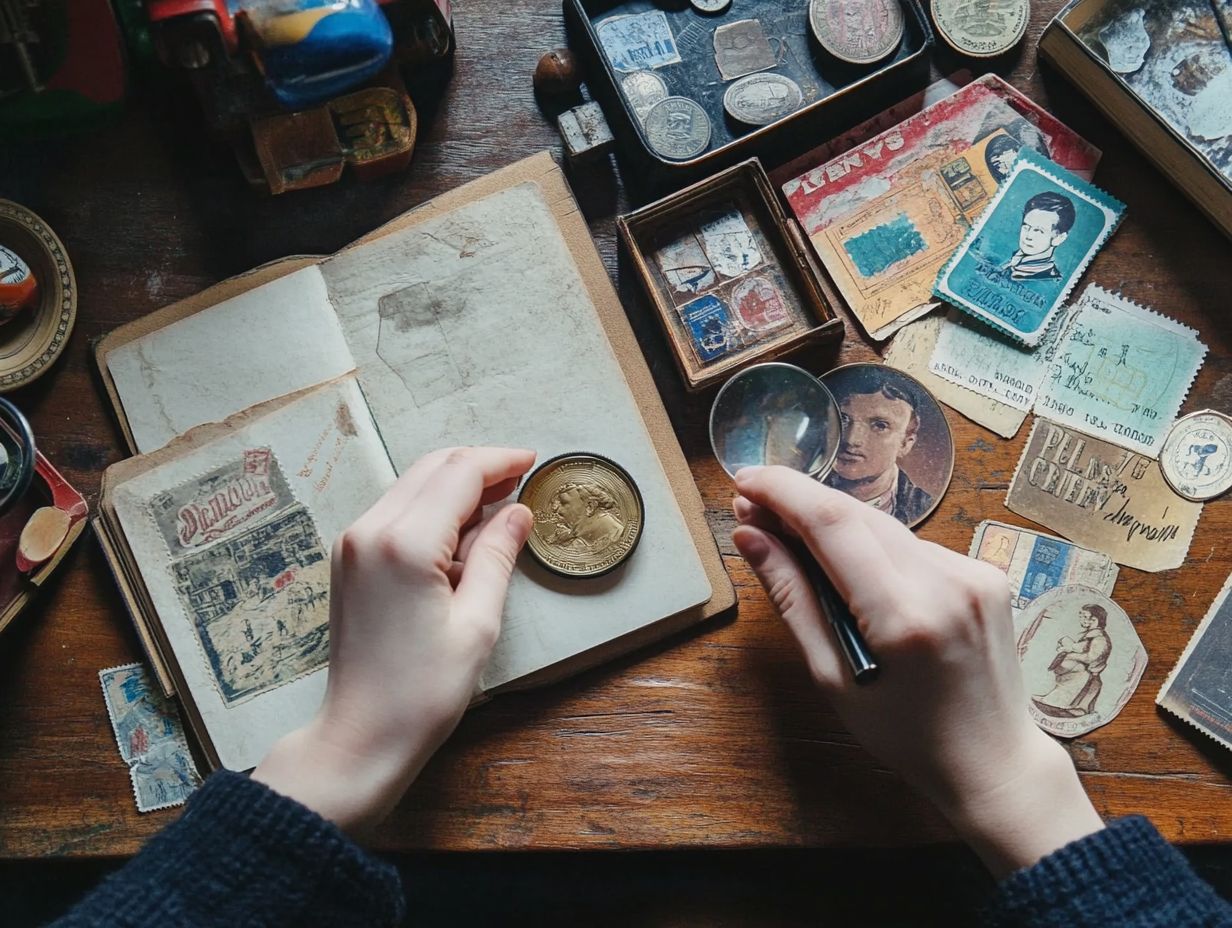
What are Collectibles and Why Invest?
Collectibles are treasures that you pursue for many reasons. These include the emotional connection they provide and their potential as a savvy investment.
From collectible coins to vintage board games, the spectrum of items available for collection is vast and varied. The world of collectibles has grown significantly. This growth reflects market trends and the balance of supply and demand.
By grasping the nuances of building your collection, you unlock not only personal fulfillment but also the possibility of lucrative investment returns, making this an enticing venture for both enthusiasts and investors.
Factors to Consider for High-Quality Collectibles
Think carefully about which collectibles to invest in. Several key factors warrant your attention, including authenticity, rarity, condition, and demand for popular collectibles.
Whether you’re eyeing collectible coins, vintage board games, or classic comic books, understanding these elements can profoundly influence your investment choices and your long-term satisfaction with the collection.
Authenticity provides buyers with the confidence that they are acquiring genuine items, while rarity often enhances the allure of a piece, especially in esteemed antique shops.
Authenticity and Rarity
Authenticity and rarity are two key factors that determine the value of collectibles, such as collectible coins and first editions of books. First editions are the first printed copies of a book, often highly valued by collectors. When you seek out a collectible, authenticity assures you that the item isn t a counterfeit, often backed by documentation a crucial element for both collectors and investors.
Rarity, on the other hand, plays a significant role in elevating an item s desirability; limited availability can dramatically amplify demand, making those rare finds highly coveted in the market.
Take, for instance, a limited edition collectible watch, particularly one from a prestigious brand. If it comes with an original certificate of authenticity and expert appraisals, its value can soar to impressive heights. Similarly, unique antique pieces, like a vintage vase crafted by a renowned artist, hold tremendous worth due to their scarcity the fewer that exist, the more valuable they become.
Collectors are often ready to invest a premium in verified items, recognizing that authenticity not only safeguards their investment but also enriches the narrative woven around each piece. This synergy between authenticity and rarity adds layers of excitement and complexity to the world of collectibles.
Are you ready to dive into the world of collectibles? Start exploring today to uncover hidden gems that could become valuable investments!
Condition and Demand
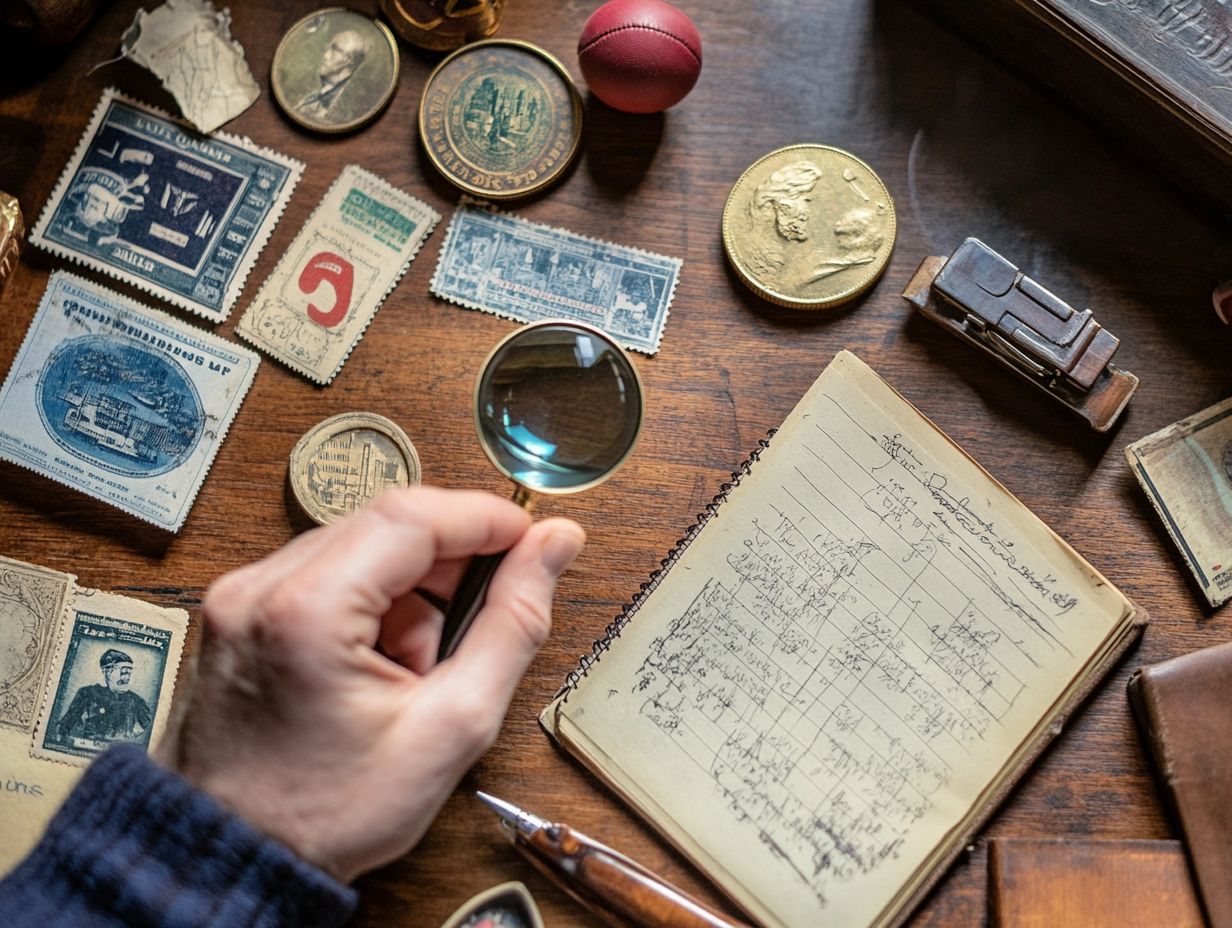
The condition of your collectible can significantly impact its market value. Pristine items typically command higher prices than those that show wear and tear. Demand also plays a critical role, influenced by trends in the collectible market that can shift over time.
For instance, if you have comic books in excellent condition, their value may soar during periods of heightened collector enthusiasm. You can see similar demand fluctuations in categories like sports memorabilia.
A perfectly preserved rookie card of a legendary player can skyrocket in worth if that player suddenly captures the spotlight with a record-breaking performance. Vintage Lego sets, once dismissed as mere toys, have now emerged as coveted collectibles, especially those that remain intact and in their original packaging.
The relationship between condition and demand shows why grading systems matter. They provide a standardized way to evaluate and communicate a collectible s quality, ultimately influencing pricing and generating excitement among potential buyers.
Types of Collectibles to Consider
As you embark on the journey of collecting, it’s crucial to explore the many types of collectibles available in the market.
From collectible coins and stamps to vintage Lego sets and action figures, each category presents distinct opportunities and caters to various interests.
Comic books and porcelain figurines often boast devoted fan bases. Meanwhile, vintage board games can evoke nostalgic memories, transforming them into valuable assets worth considering.
Antiques, Art, and Memorabilia
Antiques, art, and memorabilia stand out as some of the most sought-after categories in the collectibles market, each offering unique avenues for investment and enjoyment. These treasures tell exciting stories from the past, creating a deep connection for you as a collector.
Antiques, from intricately crafted furniture to exquisite vintage jewelry, showcase exceptional craftsmanship and serve as real connections to history. In contrast, contemporary art pieces, such as those by Jeff Koons, captivate with their bold concepts and market appeal, attracting both seasoned investors and enthusiastic newcomers.
Memorabilia includes iconic items like Honus Wagner trading cards, evoking nostalgia and passion, and attracting sports fans who cherish the connection to their beloved teams and players.
You re naturally drawn to these categories because they provide both aesthetic satisfaction and the enticing possibility of financial return.
Researching and Evaluating Collectibles
Researching and evaluating collectibles is essential for you as a collector, enabling informed investment decisions.
Utilizing a range of resources and tools, you can gain valuable insights into market trends, pricing, and historical significance.
Whether you’re focused on action figures or fine art, having access to comprehensive assessment tools will significantly enhance your ability to gauge the value of your items accurately.
Resources and Tools for Assessment
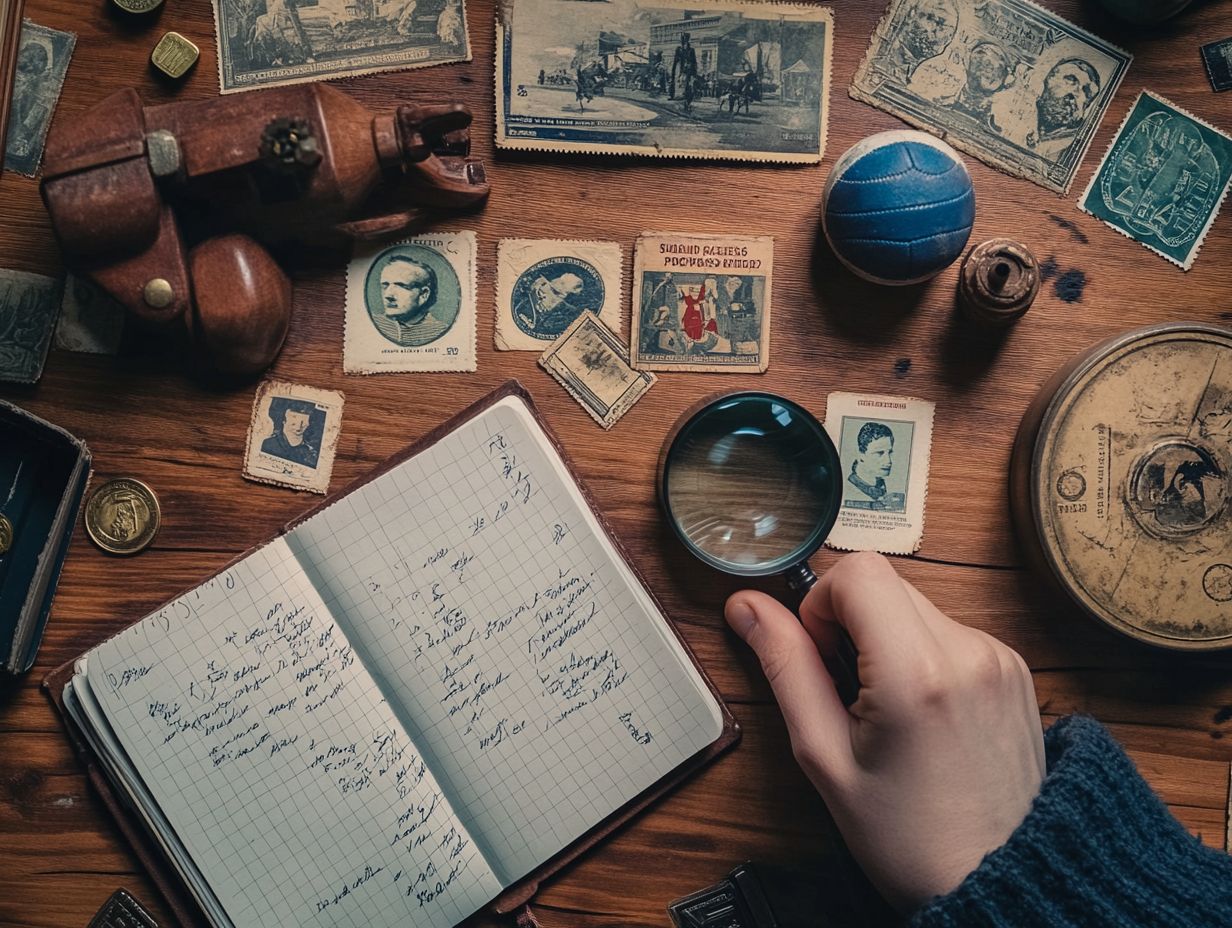
Having the right resources and tools for assessment is crucial for anyone aiming to navigate the collectibles market effectively. This involves grasping market trends, utilizing price guides, and considering collectibles insurance to safeguard your investments.
Many collectors find value in online platforms that offer historical pricing data and current market evaluations for various items, giving them the power to make informed purchasing and selling decisions.
Online databases, like eBay’s sold listings and specialized sites such as Heritage Auctions, provide invaluable insights for current valuations. Appraisal services can deliver professional evaluations to help determine the true worth of your items.
Engaging in forums and discussion groups allows you to tap into collective knowledge and experiences, keeping you attuned to the latest pricing shifts and trends.
By leveraging these tools, you can deepen your understanding of market dynamics, ultimately leading to wiser investment choices and more effective management of your collection.
Unlock the Secrets to Smart Collectible Investments!
Investing in collectibles successfully demands careful planning and smart choices. To truly maximize your potential returns while effectively managing risk, embrace diversification and long-term planning as essential strategies for cultivating a valuable collection.
This method distributes risk across various types of collectibles like action figures and vintage board games and enhances your overall understanding of the market.
By employing this approach, you ll confidently navigate the exciting world of collectibles with greater confidence and foresight.
Diversification and Long-Term Planning
Diversification and long-term planning are essential strategies for anyone looking to invest in collectibles, including collectible coins and other rare treasures.
By diversifying your investments across various categories, you can reduce risks and increase your chances of achieving favorable returns.
Incorporating emotional value along with market potential adds depth to your collecting journey, enriching both your personal satisfaction and financial success.
For example, you might consider exploring a variety of fields such as:
- Vintage toys
- Sports memorabilia
- Fine art
- Rare stamps
Each category presents unique growth opportunities and changing market dynamics, allowing you to access different realms of the collecting world.
Engaging in long-term planning enables you to analyze trends and changes within these sectors, making it easier to make more informed decisions.
Focusing on emotional value can elevate your experience; items connected to personal stories or historical significance provide a rich backdrop, making the search for collectibles even more rewarding.
By finding a balance between emotional attachment and strategic foresight, you hold the key to a fulfilling and prosperous collecting adventure.
Frequently Asked Questions
1. What are high-quality collectibles for investment?
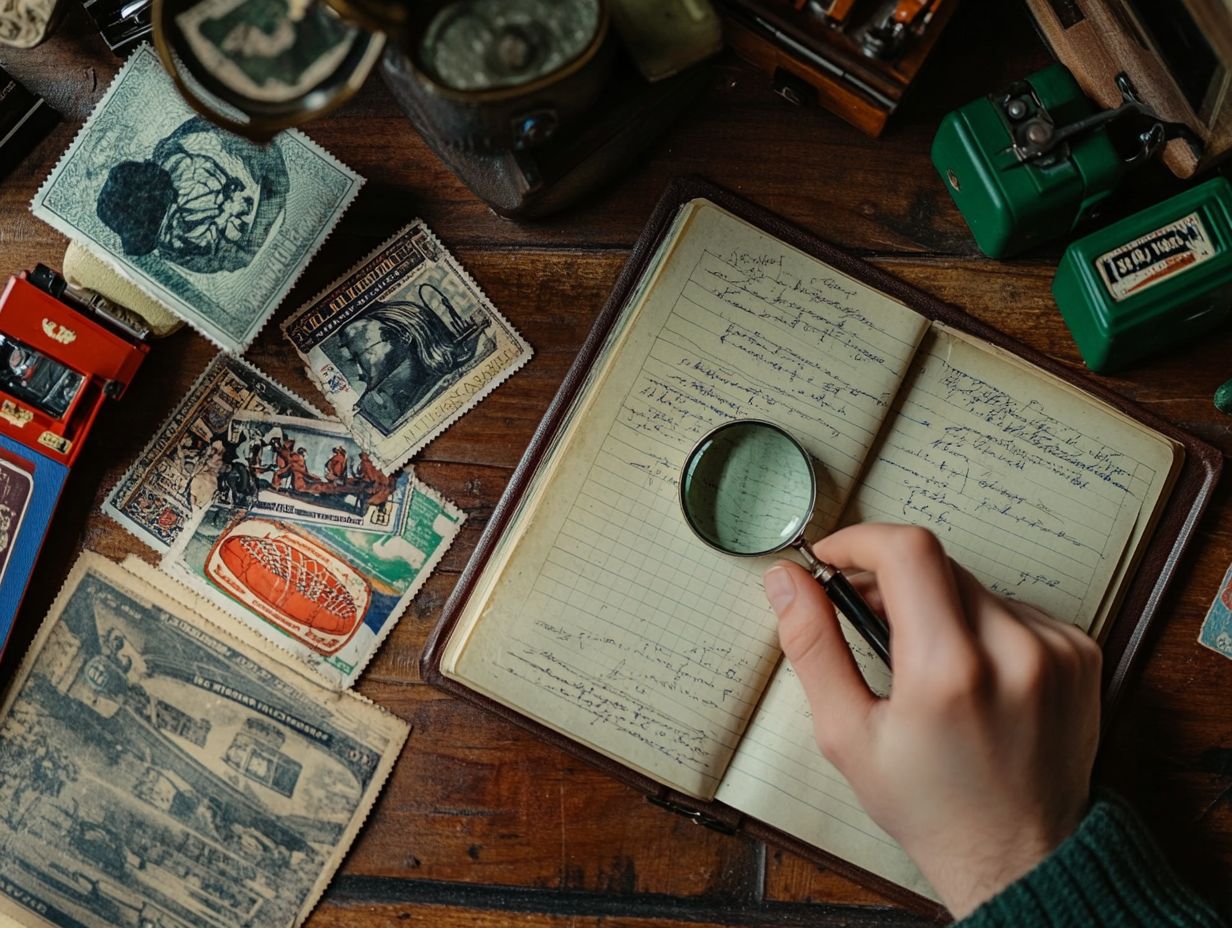
High-quality collectibles for investment are items that have strong potential to increase in value over time. These can include rare and sought-after items such as antiques, art, coins, stamps, and memorabilia, but it’s important to weigh the pros and cons of collectibles as investments before diving in.
2. How can I determine if a collectible is of high quality for investment?
Several factors determine the quality of a collectible for investment. These include rarity, condition, demand, and history of ownership (also known as provenance). To stay informed, it’s beneficial to learn about collectible investment trends. Additionally, a reputable appraiser or expert in the specific type of collectible can also help in assessing its quality.
3. Why is rarity an important factor in identifying high-quality collectibles for investment?
Rarity is important because it directly affects the supply and demand of a collectible. Generally, the rarer a collectible is, the higher its value will be. Collectors are often willing to pay a premium for something that is hard to find.
4. Is the condition of a collectible important for its investment value?
Yes, the condition of a collectible is crucial in determining its investment value. Poor condition can significantly decrease the value, while excellent condition can greatly increase it. Be sure to carefully inspect the condition of a collectible before making a purchase.
5. How can history of ownership impact the value of a collectible for investment?
The history of ownership refers to the documentation and previous owners of a collectible. It can greatly impact the value of a collectible for investment, especially if the item has notable and reputable ownership. Collectibles with solid provenance are often more desirable and valuable to investors.
6. Are there any red flags to look out for when identifying high-quality collectibles for investment?
Yes, there are red flags to watch out for when identifying high-quality collectibles for investment. These include items with questionable authenticity, excessive wear or damage, and items with no clear market demand. To learn more, check out this guide on how to spot a good collectible investment. It’s essential to conduct thorough research and consult with experts before investing in a collectible.
Ready to dive into the world of collectibles? Start your adventure today!

